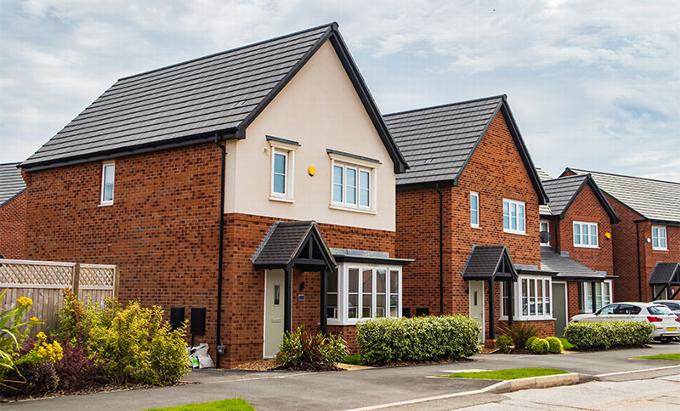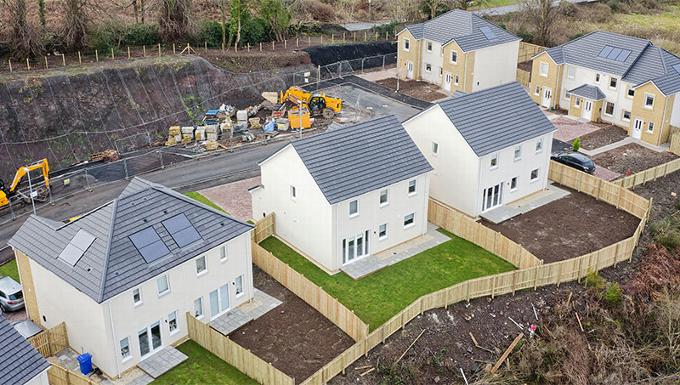A THERMAL CAMERA IS A GREAT TOOL FOR DETECTING DEFECTS AND ERRORS (KNOWN AS SNAGS) IN A NEW BUILD HOME.
By detecting heat loss, badly installed insulation, thermal bridges and water leaks, a thermal drone site survey is absolutely paramount for any completion of a new build property.
Book a non-invasive thermal inspection for new builds here.

Helping find common faults
Many homebuilding associations provide consumer protection and have ‘snagging lists' to detect any faults and omissions. A thermal drone camera is essential for detecting missing or poorly installed insulation, roofing defects, air leakages in windows, water leaks, and underfloor heating.
Why it is vital to check for insulation flaws
There are many reasons why insulation on a new build property may be flawed. The design may have omitted it, either as a cost-saving measure or through error. Likewise, the builders and contractors may simply not include part of the insulation during the construction. Or the insulation may be damaged during this phase.
Well-installed insulation saves approximately a tonne of carbon being released every year from a heated property and reduces fuel bills considerably. For this reason alone, it is vital to make sure the insulation is properly completed to a good standard of workmanship.

Advantages of drone surveys
For thermal imaging inspection, a drone survey enables a much faster, safer, and more thorough inspection compared to using ladders, cranes, and other equipment. With advances in drone technology, the availability of less expensive equipment, as well as more proficient pilots, a drone with thermal imaging should be a vital part of any post-build surveying team.
How to help produce clear thermal inspection results
- Turn on your heating, and ensure the temperature is 10 degrees greater than the outside ambient temperature if possible.
- Both internal and external surfaces should be dry and moisture-free.
- The exterior of the property should not have been heated by sunshine.
- External wind speed should be less than 10mph.
- Turn off fans and other air-circulating devices.
- The ideal conditions are cool, dry, and calm, and usually at night, at least 3 hours after sunset on a hot day.
SPEAK TO OUR EXPERTS TODAY
If you need to check new build homes for snags, contact us at 0161 470 4739 to arrange a discussion of our drone photography in Manchester.

